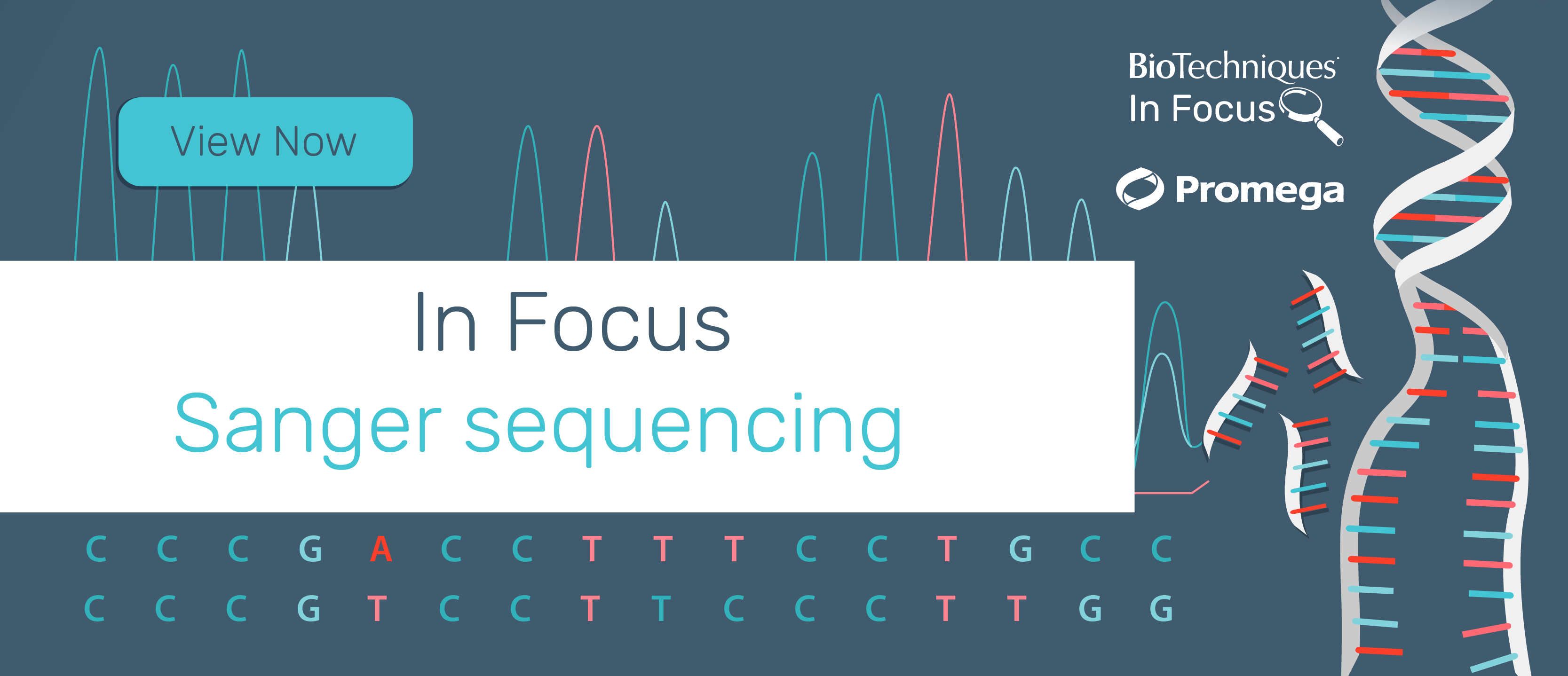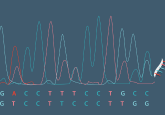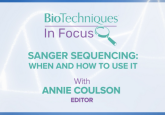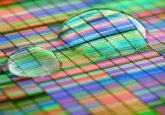Sanger sequencing

Sanger sequencing has been the powerhouse of DNA sequencing since it was invented by Frederick Sanger in 1977, a creation for which he won his second Nobel Prize in Chemistry in 1980. There have been numerous updates to the technologies involved, enabling the sequencing to be carried out in a faster, more automated manner; however, the core working principles remain the same. The method has been extensively used to advance the field of genomics and disease research, and played a vital role in the Human Genome Project.
Despite the emergence of next-generation sequencing (NGS) technologies, which offer higher-throughput, parallel sequencing of multiple samples and gene targets, Sanger sequencing remains valued due to its fast, cost-effective sequencing capabilities when dealing with fewer than 20 DNA targets. Its low error rate makes it a common feature in clinical sequencing and it can also be trusted to validate findings made through NGS.
In this In Focus, we will explore:
- How and when to use Sanger sequencing
- Sanger sequencing vs NGS


